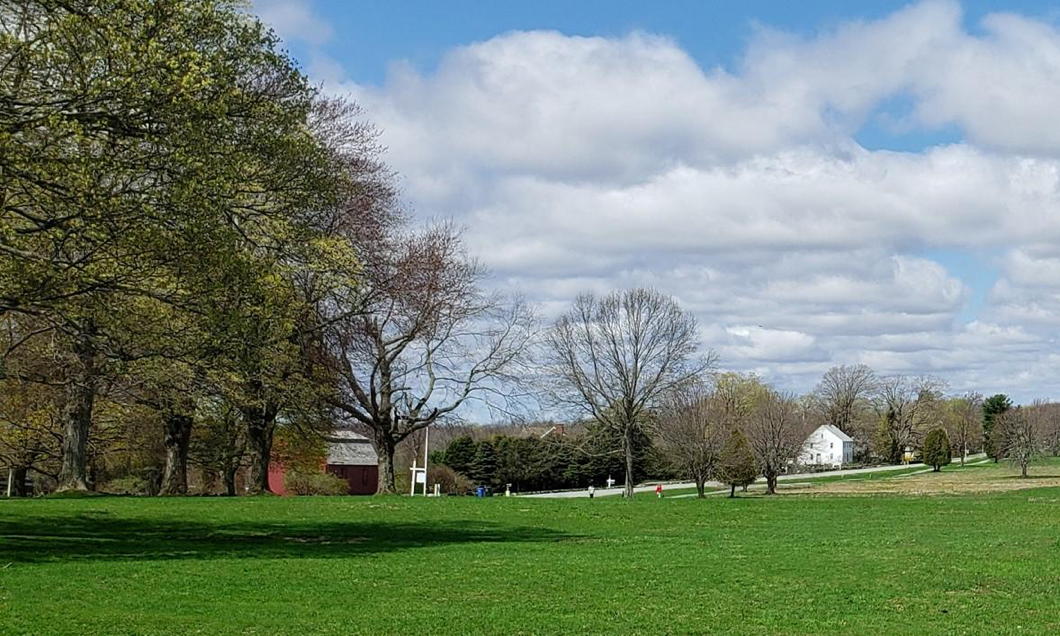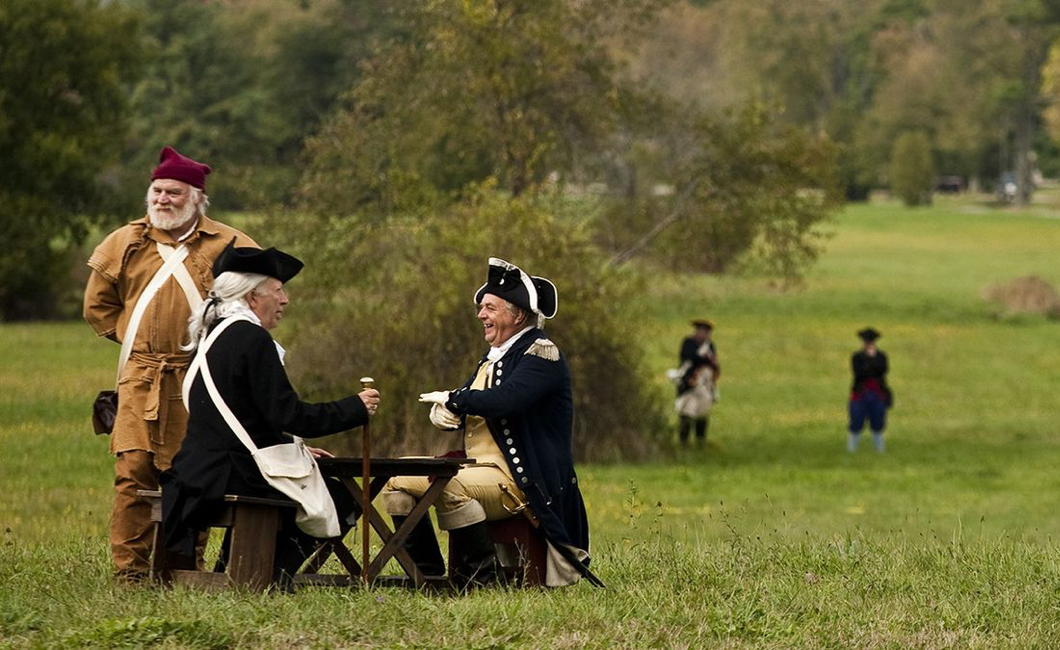
About Andrew Cusack
 Writer, web designer, etc.; born in New York; educated in Argentina, Scotland, and South Africa; now based in London.
Writer, web designer, etc.; born in New York; educated in Argentina, Scotland, and South Africa; now based in London. read more
News
Blogs
Reviews & Periodicals
Arts & Design
World
France
Mitteleuropa
Knickerbockers
Argentina
The Levant
Africa
Cape of Good Hope
Netherlands
Scandinavia
Québec
India
Muscovy
Germany
Academica
Lebanon Green

The Connecticut town of Lebanon is known for many things. It is the birthplace of Jonathan Trumbull, the only colonial governor to turn traitor during the American Revolution, as well as of his son the famous painter. The Rev. Eleazar Wheelock founded Moor’s Charity School in the town to teach Native Americans, later moving it to New Hampshire where it became Dartmouth College. Prince Saunders, the Free Black socialite and later Attorney General of the Empire of Haiti, was probably born in Lebanon too.
The town’s most famous feature, however, is its mile-long town green: the longest village common in the world. New England is famous for its town and village greens, originally enclosed land held in common and put to practical use for locals to use as pasture for their animals. Given the size of farms in New England, this purpose quickly faded and the green became a meeting or strolling place. Usually the most important buildings could be found either on or bordering the green: the church, the school, the town hall or court house, and eventually the library.
Part of Lebanon Green is still worked as a hay field, which means this is the last town green in New England that is still in agricultural use. There is even an adjacent vineyard, God bless them.
The green also provoked a recent legal case of some interest. When the Town of Lebanon proposed expanding the public library, located right on the green alongside the Congregationalist church, a problem arose.
Before a permit could be issued, the State of Connecticut required proof of ownership of the land on which the library to be submitted. Alas, no proof could be found, the green having been held in common more or less from the town’s incorporation in 1700.
The last known owners of the green were believed to be the town proprietors listed in 1705, and delineating their heirs or assigns over the dozen or more generations that had passed in the meantime was deemed impossible, or at least strenuous beyond any desirable effort. The town historian estimated there may be as many as 10,000 descendants with a potential claim.
In January 2018, the Town of Lebanon instead requested the court grant them quiet title to three parcels of the town green hosting the library, the town hall, and the town’s public works facilities. In March 2019, their request was granted, and the First Congregational Church likewise took legal action to see it recognised as the owner of the parcel of the green it has occupied for centuries.
Courts have also granted the local historical society conservation authority over 95 per cent of the green — excluding the church, town hall, and library. This means the local histos will have a say on any future use, though the courts declined extending this to the whole of the green. So it looks like the future of Lebanon Green will be safe for some centuries yet.

Search
Instagram: @andcusack
Click here for my Instagram photos.Most Recent Posts
- Bicycle Rack April 29, 2024
- Burns Tower April 19, 2024
- Patrick in Parliament March 18, 2024
- Articles of Note: 13 March 2024 March 13, 2024
- Cambridge March 9, 2024
Most Recent Comments
Book Wishlist
Monthly Archives
Categories


